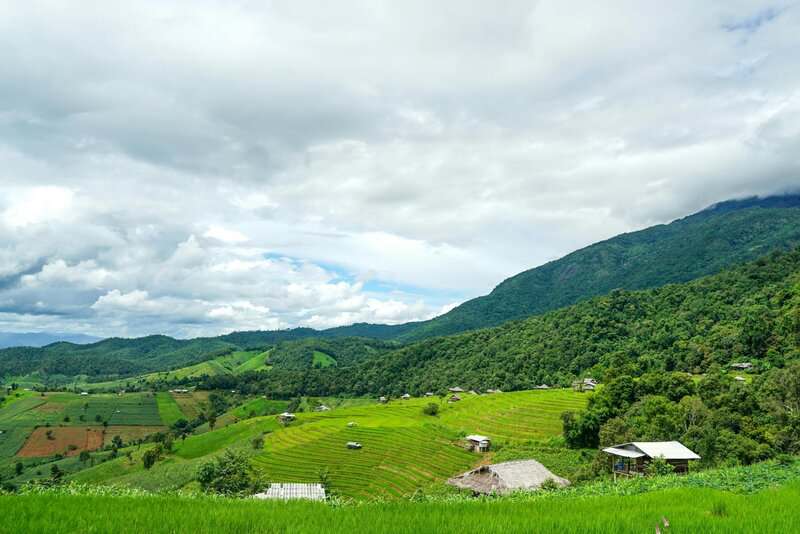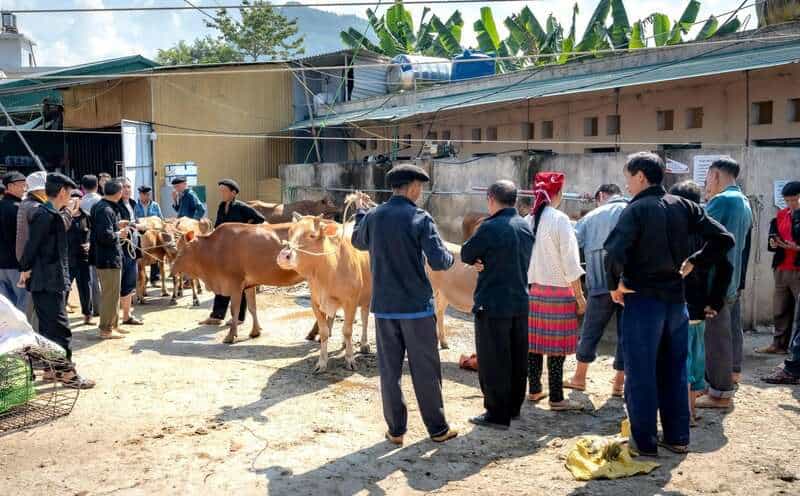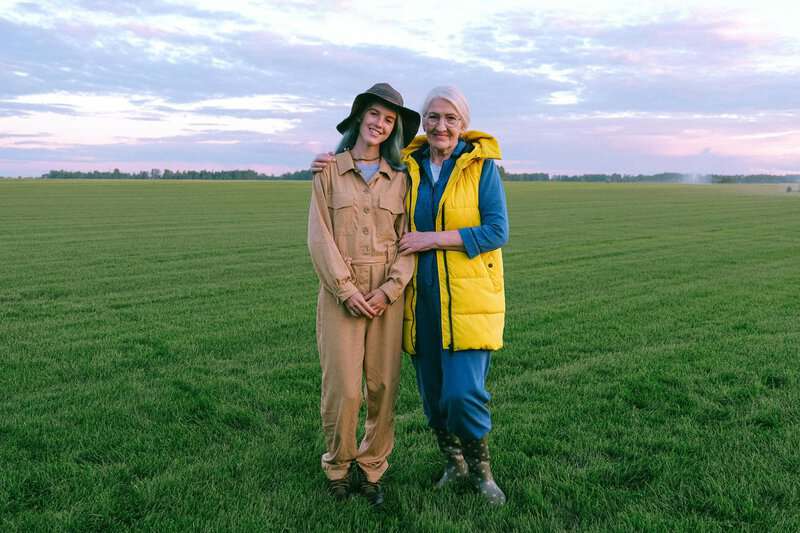In a world where success is often measured by salary and job titles, one 31-year-old’s bold decision to leave his $150,000-a-year tech job for the simplicity of farm life has captured attention. Trading spreadsheets and boardrooms for soil and seedlings, he represents a growing movement of professionals prioritizing purpose over paychecks.
This shift reflects a broader reevaluation of what it means to be truly wealthy—valuing fulfillment, well-being, and personal satisfaction above financial gain.
As more people question the grind of corporate life, stories like his are inspiring new paths to happiness.
























